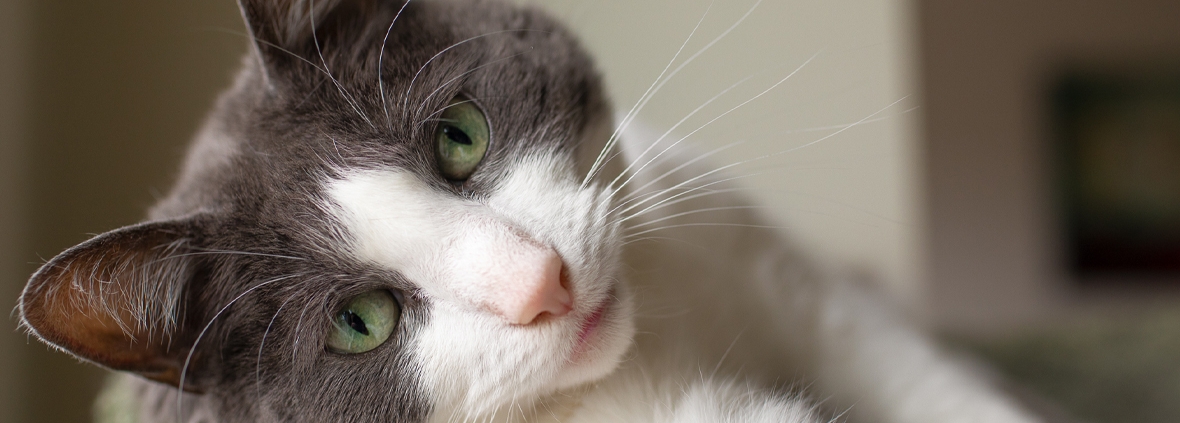Is Your Cat in Pain?
Signs of Arthritis You Shouldn’t Ignore
Cats are mysterious, independent, and very good at hiding pain. That’s why arthritis in cats is often missed until it’s advanced. Limping—what many people expect—is actually not common in cats. Instead, arthritis tends to show up in small changes to your cat’s behavior, mobility, and personality.
Everyday Clues That Point to Pain
- Hesitation before jumping – “false starts” or long pauses as if they’re debating whether to make the leap.
- New jump strategies – climbing down furniture legs, using an extra surface (like the toilet seat) as a step, or avoiding high spots altogether.
- Stairs become harder – moving slowly, hopping with both back legs, or stopping halfway to rest.
- Less play and running – cats are natural sprinters, but arthritic cats may give up their energetic bursts.
- Awkward movement – walking gingerly, stiffly, or with a hunched posture, rather than a smooth stride.
- Changes in mood – hiding more, acting irritable, or avoiding family interaction.
- Decline in grooming – a greasy or matted coat, especially on the back or hips, because reaching hurts.
- Litter box struggles – accidents, avoiding the box, or trouble posturing inside.
- Changes in appetite – arthritis is a disease, and like other illnesses, it can affect appetite.
Why These Signs Matter
Cats don’t stop climbing the bookcase or perching in sunny spots “just because.” If your cat is giving up things they used to love, it may be because those activities have become painful. These changes often creep in slowly, which makes them easy to mistake for “normal aging.”
How to Track What You See
One of the best tools you can give your vet is short home videos of your cat moving around. A 10–30 second clip of them:
- Going up and down stairs
- Jumping onto or off furniture
- Running or playing
Over time, these videos create a record of subtle changes that may not show up in a quick exam at the clinic. Here are some examples of this.
When to Call the Vet
If your cat is showing any of these signs, don’t wait. Early diagnosis and treatment can keep your cat comfortable, mobile, and happy for many more years. Share your observations and videos with your veterinarian—they’ll help guide the right plan for your cat.
References
- Zamprogno H, Hansen BD, Bondell HD, et al. Item generation and design testing of a questionnaire to assess degenerative joint disease-associated pain in cats. Am J Vet Res. 2010;71(12):1417-1424.
- Enomoto M, Lascelles BD, Gruen ME. Development of a checklist for the detection of degenerative joint disease-associated pain in cats. J Feline Med Surg, 2020; 22(12), 1137-1147.


